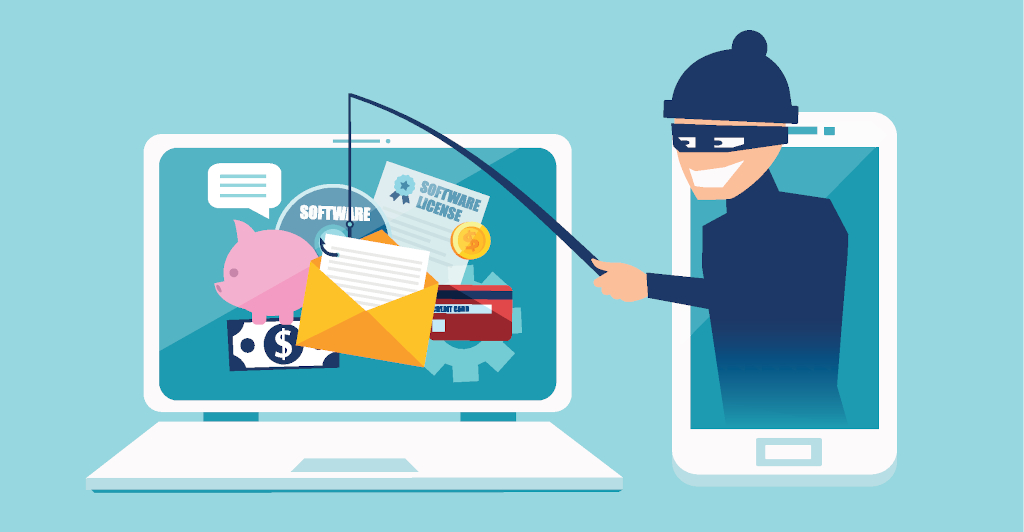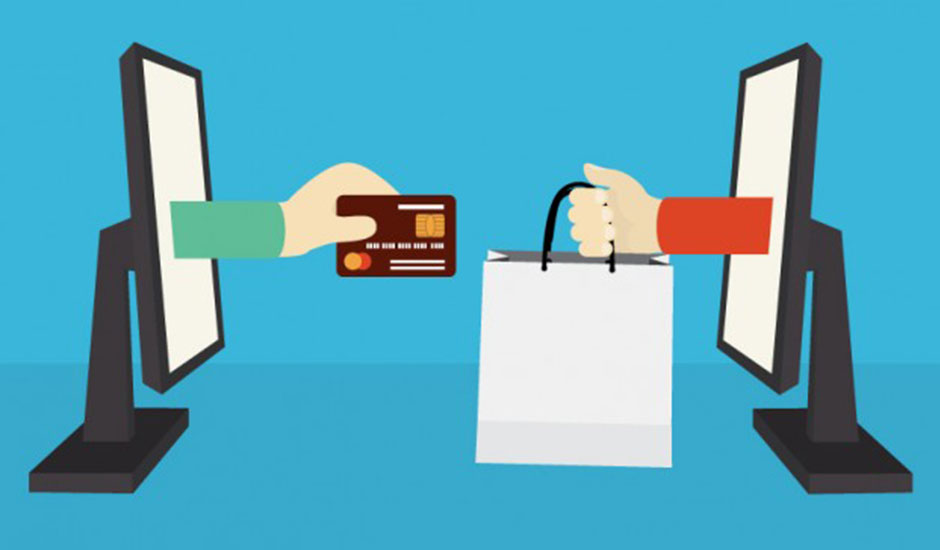E-commerce is a solid industry that faces number of security threats each yer. There is no uncertainty that the online retail market is blasting, with overall eCommerce sales anticipated to reach $4.5 trillion. Notwithstanding, this achievement frequently draws in undesirable attention, and cyber-criminals have a perpetually refined stockpile of strategies to exploit gaps in online store security. While physical stores had actual security threats to stress over, that is not valid for a web-based business. Online retailers need to battle with both the basic security threats posed by normal burglars and thieves, alongside the unpredictable work of cybercriminals. Online retailers utilize an abundance of creative new technology to give their business a boost. Consider AI technology that improves conversion rates or site-search analytics that gives profound knowledge into customer behavior.
Nonetheless, as online stores become further developed, it is significant to stay aware of the huge security threats that accompany them. Basically, e-commerce security threats are paid attention to by all organizations working in this circle. Regardless of whether you are only firing up another business or you have been a major part of the internet business area from the beginning you need to remain ensured. To keep your company protected and set yourself for progress over the short and long term, it is imperative to monitor the most well-known and potentially perilous sorts of attacks that exist. Knowing your adversary’s plan of attack is the initial move toward forestalling it. With that in mind, mentioned below are the top five types of attack confronting all e-commerce businesses, paying little heed to size or market position.
Distributed Denial Of Service (DDoS) Attacks:
 A DDoS attack (distributed denial of service) is an attack where an attacker utilizes numerous PCs to hit your server with fake traffic to make your site unavailable or incapable to function appropriately for real users. While many are used to hear out about websites hacked or bargained such that prompts information being uncovered, little is familiar with DDoS attacks and how harmful they can be; even the greatest e-commence brands have succumbed to these attacks. There have been reports of significant e-commerce platforms, for example, Shopify, Etsy, and PayPal suffering critical downtimes because of these attacks. Smaller e-commerce businesses are especially in danger if measures are not taken to ensure against malicious traffic.
A DDoS attack (distributed denial of service) is an attack where an attacker utilizes numerous PCs to hit your server with fake traffic to make your site unavailable or incapable to function appropriately for real users. While many are used to hear out about websites hacked or bargained such that prompts information being uncovered, little is familiar with DDoS attacks and how harmful they can be; even the greatest e-commence brands have succumbed to these attacks. There have been reports of significant e-commerce platforms, for example, Shopify, Etsy, and PayPal suffering critical downtimes because of these attacks. Smaller e-commerce businesses are especially in danger if measures are not taken to ensure against malicious traffic.
There are many ways in which DDoS attacks can influence your e-commerce business such as; they can paralyze your server by over-burdening it with traffic and making your site go offline; they can make your website too much slow for users hence contrarily influencing your conversion rates and income; slow sites are not actually useful for client conversions and experience, they can also slow your server and make it practically inconceivable for you to complete procedure toward the back end. So, if you want to protect your website from DDoS attacks, here are few ideas: you can utilize a Web Application Firewall to automatically sift through bad traffic and make it hard for DDoS attacks to have any effect. You can also change your server IP or inform ISP so that they promptly take measures to secure you. You can enable geo-blocking if you notice that most traffic continues to come from a specific foreign country.
Credit Card or Payment Fraud:
These sorts of eCommerce security threats are as old as the actual business and stay the most well-known security threat confronting eCommerce sites. Criminals utilize stolen Credit Card or credit card data to make unapproved transactions. The fraud of the Credit Card is difficult to follow and can make critical losses to eCommerce firms. Recognizing that a false exchange has occurred is a significant initial step; however, it is difficult, particularly if your site processes many transactions a day. There are a couple of indications to recognize an occurrence of credit card fraud: A request set to transport to a location other than the billing address.
A request went before by different ineffective ones or an offer of a lot higher value than you are accustomed to accepting. A client’s IP address is not in a similar area as the billing data on the request. It is significant to try to confirm these sorts of transactions before any payment is taken. On the off chance that you will do this, not exclusively will you lose valuable inventory, but you must take care of whoever’s card has been defrauded. This all adds to an impressive amount of cash. Furthermore, this is before you to consider the harm this will do to the company’s reputation. Remaining vigilant against card fraud is vital for securing your business and keeping up an incredible eCommerce client experience.
Fakes refunds are another well-known ploy utilized by cybercriminals, bringing about loss worth billions of dollars for the online retail industry. Rather than returning original things, the fraudsters send in harmed, disposed of, or stolen things to the retailers. Maintain PCI DSS consistency on your payment pages to eliminate security threats. CEO of a dissertation help firm, “The Academic Papers UK” has urged all online retailer to observe these security standards, kept up by the PCI Security Standards Council, a free body made by significant card organizations like VISA, MasterCard, and American Express.
Malware:
A portmanteau of malicious software, malware is a category that involves a wide collection of programs intended to  unleash devastation on a PC. This software contains Viruses Programs that exist to spread themselves into and all through different files and programs to harm them, corrupting or destroying information. Ransomware Programs block the normal functionality of an individual PC or whole framework until a specific move is made, generally, conveyance of a ransom payment. Backdoors Programs that empower attackers to sidestep your standard confirmation processes, preparing for fraud and information theft. To mitigate the security threats presented by malware, it is basic to introduce a firewall and separate software that keeps programs from being installed on your business’ PCs.
unleash devastation on a PC. This software contains Viruses Programs that exist to spread themselves into and all through different files and programs to harm them, corrupting or destroying information. Ransomware Programs block the normal functionality of an individual PC or whole framework until a specific move is made, generally, conveyance of a ransom payment. Backdoors Programs that empower attackers to sidestep your standard confirmation processes, preparing for fraud and information theft. To mitigate the security threats presented by malware, it is basic to introduce a firewall and separate software that keeps programs from being installed on your business’ PCs.
Bots:
Bots can be both bad and good. The great ones are those that crawl the Internet and decide how to rank your website in search engines. Bots can likewise scratch sites too for stock data and pricing, and change costs on a site, freeze well-known things in shopping carts, and harm site deals and incomes. The solution is to protect uncovered APIs and mobile applications, and analyze traffic sources consistently searching for spikes, and afterward blocking those hosting suppliers and proxy services.
E-Skimming:
E-skimming is a technique for taking credit card data and individual information from payment card handling pages on eCommerce websites. Attackers access your site either through a successful phishing try, third-party attack, and XSS; at that point, catch progressively the payment data your customers go into the checkout page. To alleviate this threat, try to make sure about your platform and inform the client that they should never include any sensitive information on a site page except it is safe and authentic.



